Why Boondocking is the Ultimate Adventure for Nature Lovers
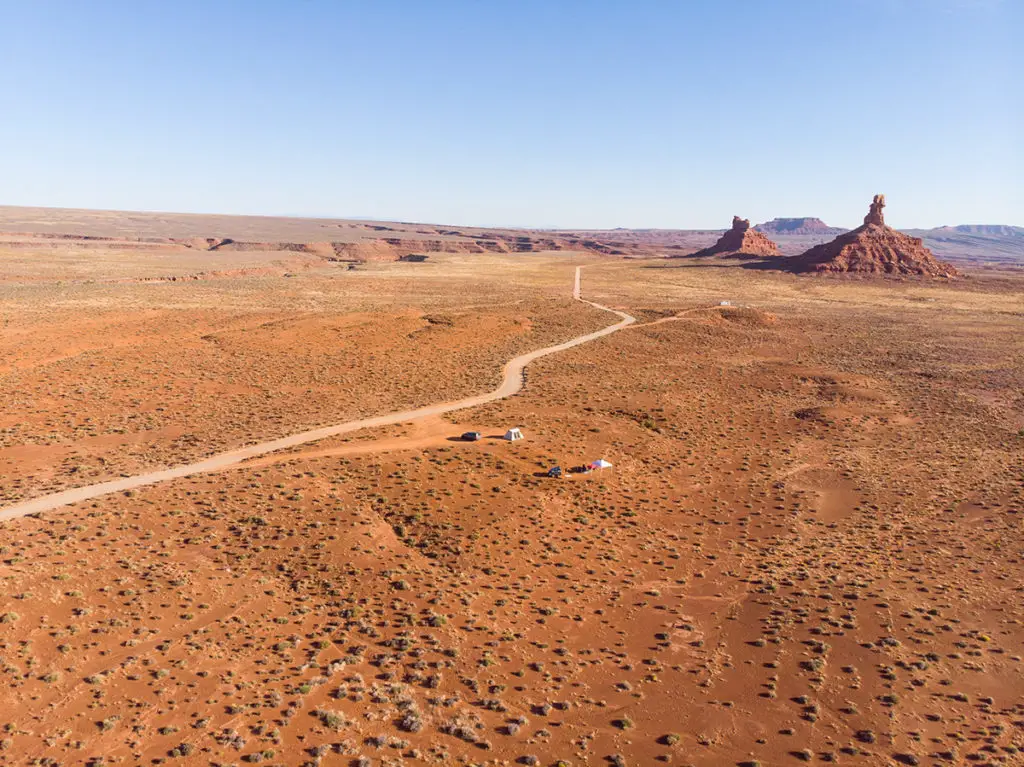
Boondocking, also known as dispersed camping, is the act of camping outside of designated campgrounds or RV parks. It involves finding a spot in a remote area, away from the hustle and bustle of civilization, and setting up camp. Boondocking offers a unique and unforgettable experience for nature lovers who want to explore the great outdoors and immerse themselves in the beauty of the natural world.
Boondocking is a different experience than traditional camping, as it allows you to truly disconnect from the stresses of everyday life and reconnect with nature. In this article, we’ll explore why boondocking is the ultimate adventure for nature lovers, and why you should consider it for your next camping trip. Whether you’re a seasoned camper or a newbie, boondocking offers a range of benefits that you won’t find in traditional campgrounds or RV parks.
So, pack your bags, grab your gear, and get ready for an adventure of a lifetime. In the following sections, we’ll discuss the advantages of boondocking, the freedom it offers, and the best ways to prepare for your next boondocking trip. Whether you want to camp in a national park or explore remote areas, boondocking is the perfect way to experience the natural world up close and personal.
Boondocking vs. Traditional Camping
While traditional camping involves staying in designated campgrounds or RV parks, boondocking is all about getting off the beaten path and finding your own spot to camp. Here are some of the key differences between boondocking and traditional camping:
Location: Boondocking offers the opportunity to camp in remote areas that are not accessible by traditional campgrounds or RV parks. This means you can experience the beauty of untouched wilderness and enjoy stunning views that are not available to those who stay in traditional campgrounds.
Cost: Traditional campgrounds and RV parks often charge fees for camping, while boondocking is usually free of charge. This means that boondocking can be a great way to save money on your camping trip, especially if you plan on camping for an extended period.
Amenities: Traditional campgrounds and RV parks often offer amenities such as electricity, water, and sewage hookups, as well as showers, bathrooms, and laundry facilities. Boondocking, on the other hand, requires you to be self-sufficient, meaning you’ll need to bring your own water, power, and waste management systems. This can be a challenge for some, but it’s also an opportunity to disconnect from modern conveniences and reconnect with nature.
Regulations: Traditional campgrounds and RV parks are subject to regulations and rules, while boondocking offers more freedom in terms of where and how you camp. However, it’s important to remember that there are still rules and regulations that you must follow when boondocking, such as respecting private property and leaving no trace.
While traditional camping can be a great option for some, boondocking offers a unique and adventurous experience for nature lovers who want to explore the wilderness on their own terms. In the following sections, we’ll discuss the advantages of boondocking in more detail, and provide tips for a successful boondocking trip.
The Freedom of Boondocking
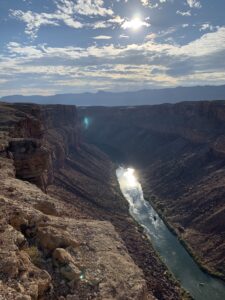
One of the biggest draws of boondocking is the freedom it offers. Unlike traditional camping, which requires you to stay in designated campgrounds or RV parks, boondocking allows you to camp wherever you want (within legal limits). This means you can truly explore and experience the wilderness on your own terms.
Here are some of the key benefits of the freedom of boondocking:
Flexibility: With boondocking, you have the flexibility to choose where and when you camp. You can explore remote areas that are not accessible by traditional campgrounds or RV parks, and you can stay for as long as you want. This allows you to fully immerse yourself in nature and take your time to appreciate the beauty of your surroundings.
Privacy: Boondocking also offers more privacy than traditional camping. Instead of being packed into a crowded campground or RV park, you can choose a secluded spot and enjoy the peace and quiet of nature. This can be especially appealing for those who want to escape the noise and stress of everyday life.
Adventure: Boondocking is an adventure in itself. You never know what you’ll find when you venture off the beaten path, and the thrill of exploration can be exhilarating. Whether you’re hiking to a hidden waterfall, spotting wildlife in their natural habitat, or simply enjoying the stunning views, boondocking offers endless opportunities for adventure and discovery.
Of course, with this freedom comes responsibility. It’s important to respect the environment and follow the rules and regulations of the area you’re camping in. In the following sections, we’ll discuss the best ways to find the perfect spot for boondocking, as well as tips for staying safe and comfortable while camping off the grid.
Boondocking in Remote Areas
One of the greatest benefits of boondocking is the ability to camp in remote areas that are not accessible by traditional campgrounds or RV parks. However, camping in remote areas also comes with its own set of challenges and considerations.
Here are some things to keep in mind if you’re interested in boondocking in a remote area:
Research the area: Before heading out, make sure to research the area where you plan to camp. Look for information on road conditions, weather patterns, and potential hazards. Additionally, make sure you have a map or GPS device to help you navigate.
Be prepared: Camping in remote areas means you won’t have access to amenities like running water, electricity, or cell service. Make sure you have enough food, water, and supplies for your trip, and bring appropriate camping gear for the weather and terrain.
Practice Leave No Trace: It’s important to leave the area as you found it when boondocking in remote areas. Pack out all of your trash, avoid damaging the natural landscape, and be mindful of wildlife in the area.
Stay safe: Boondocking in remote areas can be a wonderful adventure, but it’s important to stay safe. Be aware of wildlife in the area, and make sure to follow all safety guidelines provided by the park or forest service. Additionally, make sure someone knows your itinerary and expected return time.
Boondocking in remote areas can be an incredible way to disconnect from the hustle and bustle of daily life and truly immerse yourself in nature. Just remember to do your research, be prepared, and stay safe.
Finding Areas to Boondock
Google Maps: You can often find dispersed camping spots by zooming into your target locations and looking for clearly established areas where people have camped in the past. Dispersed camping areas often exist near established campgrounds – so start your Google maps searches there.
Word of Mouth: Talking with other dispersed campers is often the best way to find new boondocking areas. Some of the most interesting dispersed sites we have experienced have been discovered from the advice of friends.
Campendium: Our favorite online resource to find free dispersed campsites is Campendium – a website and mobile app with listings of campgrounds and RV parks. Campendium is a community-driven site where users upload and review campsites they’ve visited. Campendium’s search functionality is particularly useful in searching for free camping spots as is their “Free Camping” section. User feedback and reviews of dispersed camping spots often provide useful information about getting to the locations along with details about the destinations.
Preparing for Boondocking
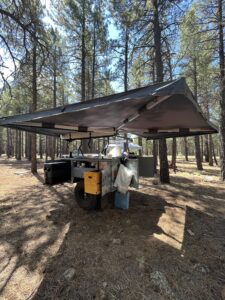
Boondocking can be an amazing adventure, but it requires more preparation and self-sufficiency than traditional camping. Here are some tips to help you prepare for a successful boondocking trip:
Choose the right vehicle: The vehicle you choose for boondocking will depend on your personal preferences and needs. A four-wheel drive truck or SUV with high clearance is often preferred, but some people choose to camp in smaller vehicles like vans or even cars. Make sure your vehicle is reliable and has enough storage space for your gear and supplies.
Invest in solar power: Since boondocking means camping without access to electricity, many people choose to invest in solar power. Solar panels can be mounted on the roof of your vehicle or on portable devices, providing you with enough power to charge your devices and run small appliances like a refrigerator or fan. If you’re interested in adding solar to your boondocking setup, check out our Off Grid Solar System series for details on how to setup your system.
Bring enough supplies: When boondocking, you’ll need to bring enough supplies to last for the duration of your trip. This includes food, water, fuel, and any other supplies you’ll need for cooking, cleaning, and staying comfortable. For the best boondocking options, check out our recent article about using the bathroom while camping.
Have a backup plan: Even the most well-planned trips can experience unexpected challenges. Make sure you have a backup plan in case of inclement weather, vehicle breakdowns, or other emergencies. We recommend mapping out a few dispersed camping locations in the area you are traveling to beforehand. If your primary area is closed or unreachable, it’s great to have a backup location planned.
Practice Leave No Trace: It’s important to leave the area as you found it when boondocking. Pack out all of your trash, avoid damaging the natural landscape, and be mindful of wildlife in the area.
Preparing for boondocking takes time and effort, but it’s well worth it for the freedom and adventure that come with camping off the grid. By choosing the right vehicle, investing in solar power, and bringing enough supplies, you can enjoy a safe and comfortable boondocking trip.
Leave No Trace
One of the most important principles of boondocking is to leave the area as you found it. This means practicing Leave No Trace principles, which help minimize your impact on the environment and preserve the natural beauty of the wilderness. Here are some key Leave No Trace principles to keep in mind when boondocking:
Plan ahead and prepare: Before heading out, research the area and make sure you have enough supplies and gear to minimize your impact on the environment.
Travel and camp on durable surfaces: When driving and setting up camp, stick to established roads and campsites to avoid damaging the natural landscape.
Dispose of waste properly: Pack out all of your trash and waste, including food scraps and toilet paper. If you need to use the bathroom, bury your waste at least six inches deep and at least 200 feet from water sources and campsites.
Leave what you find: Don’t disturb the natural environment by taking rocks, plants, or other natural objects as souvenirs.
Respect wildlife: Observe wildlife from a distance and avoid feeding or disturbing them.
Be considerate of other visitors: Keep noise levels down and respect other visitors’ privacy and space.
By practicing Leave No Trace principles, you can help preserve the natural beauty of the wilderness for future generations to enjoy. Remember, it’s up to all of us to protect the environment and ensure that these wild places remain pristine and beautiful for years to come.
Conclusion
Boondocking is a unique and rewarding way to experience the beauty of the natural world. With the right preparation, you can enjoy the freedom and adventure of camping off the grid, while minimizing your impact on the environment. By choosing the right vehicle, investing in solar power, and bringing enough supplies, you can explore remote areas and national parks with ease.
Remember to always practice Leave No Trace principles and respect the natural environment. With a little effort and mindfulness, you can enjoy the ultimate adventure for nature lovers. So, grab your gear, hit the road, and get ready to experience the wonders of boondocking!
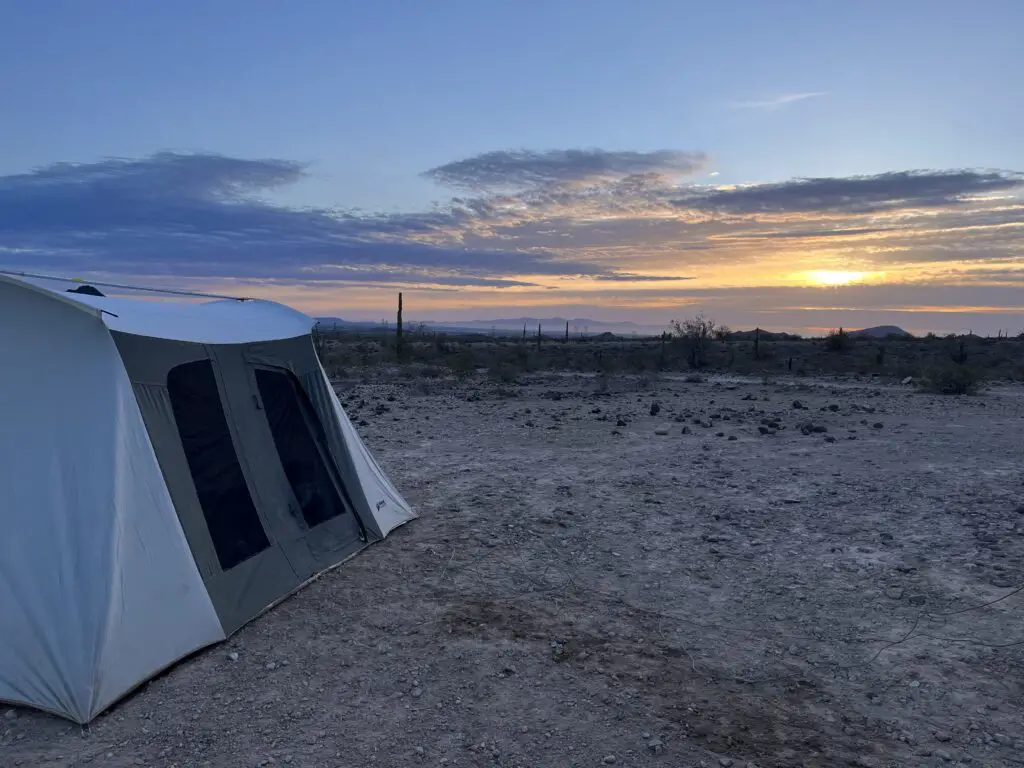
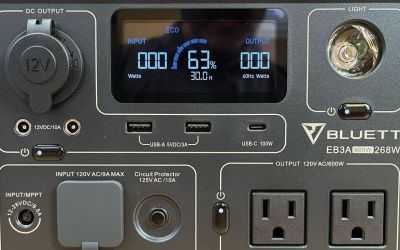

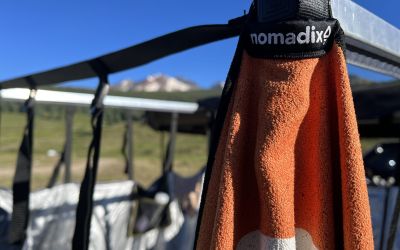

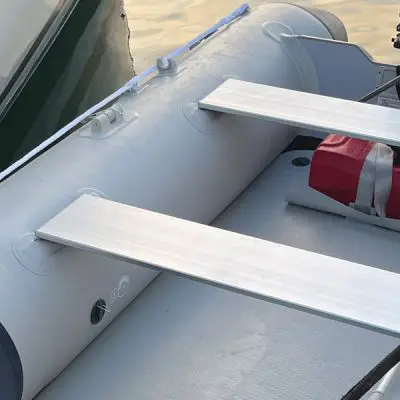


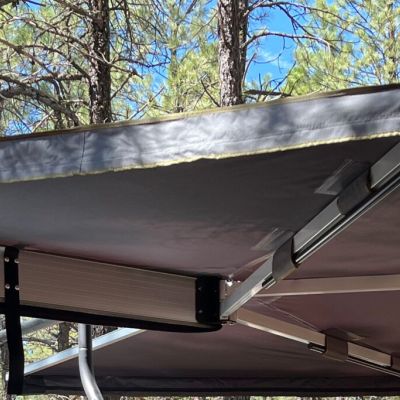
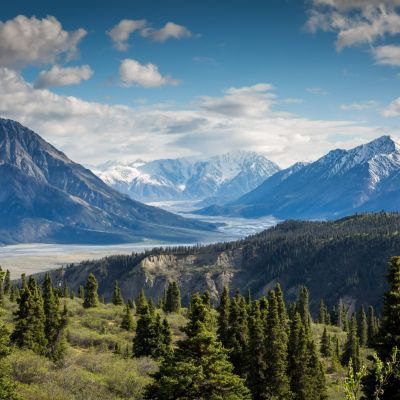
Leave a Reply